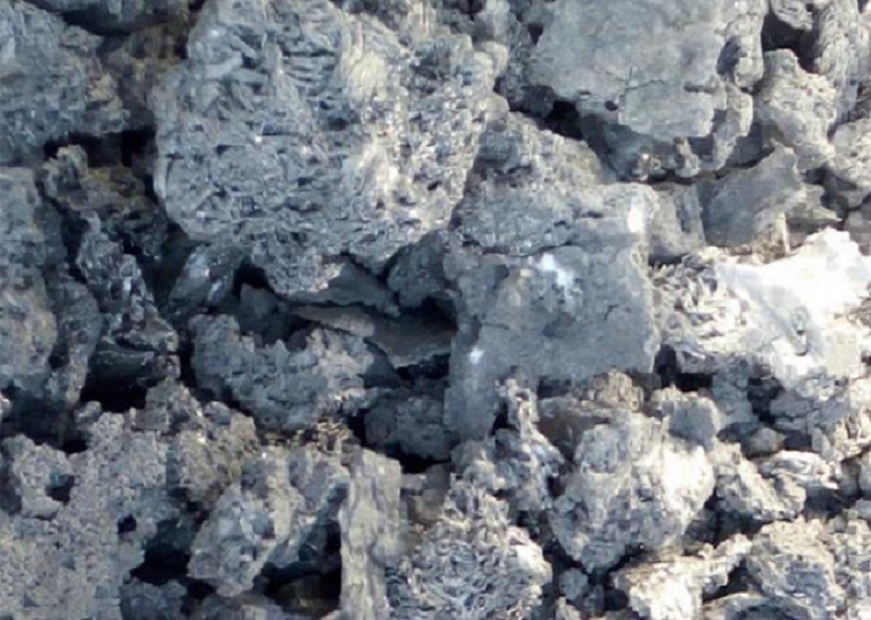Titanium Sponge & Its Production Processes

Titanium Sponge and Its Production Processes
Titanium sponge is the main raw material for making industrial titanium alloys. Its appearance is loose and porous sponge-like, and it is lively and easily oxidized. This porous titanium sponge cannot be used directly. It must be melted into a liquid before it can be cast into titanium ingots, titanium rods, and other titanium products. In this article, let's take a deeper look at the production processes of the titanium sponge.

Titanium Sponge
The production of titanium sponge mainly has the following four processes:
1. Chlorination Process
Titanium tetrachloride is the main raw material for the production of titanium sponges. At present, there are three main methods for preparing titanium tetrachloride: boiling chlorination, molten salt chlorination, and vertical furnace chlorination.
Boiling Chlorination
Boiling chlorination is currently the main method for producing titanium tetrachloride.
Boiling chlorination is a method of preparing titanium tetrachloride by using fine particles of titanium-rich material and solid carbonaceous (petroleum coke) reducing agent to perform chlorination in a fluidized state under the action of high temperature and chlorine gas flow. After decades of research and development, this method has a mature production process and has been widely used around the world.
Molten Salt Chlorination
Molten salt chlorination is a method of suspending finely ground titanium slag or rutile and petroleum coke in a molten salt (mainly composed of KCl, NaCl, MgCl2, and CaCl2) medium, and introducing chlorine gas to prepare titanium tetrachloride.
Vertical Furnace Chlorination
Vertical furnace chlorination is the third method of preparing titanium tetrachloride.
First, the chlorinated titanium slag (or rutile) and petroleum coke are finely ground. Then, the binder is added to it, mixed uniformly, agglomerated, and coked. Next, the produced agglomerates are stacked in a vertical chlorination furnace in a solid layer state and react with chlorine gas to prepare titanium tetrachloride. This method has basically been eliminated due to low output and low product quality.
2. Refining Process
The purification of titanium tetrachloride mainly includes the use of the rectification method to remove high boiling point impurities and low boiling point impurities and the chemical method to remove vanadium impurities.
3. Reduction-Distillation Process
The reduction-distillation method to produce titanium sponges generally adopts two combined methods, the "I-type combined method" and the "∩-type combined method". The I-type combined method is also called the series method, and the ∩-type combined method is also called the parallel method. The two methods have their own unique advantages.
4. Electrolytic Magnesium Process
At present, many titanium sponge plants have widely adopted multi-pole electrolytic cells and magnesium electrolytic cells without separators. This technology is very advanced, which greatly reduces the power consumption and chlorine consumption during the production of the titanium sponge.
Conclusion
Thank you for reading our article and we hope you've enjoyed it. If you want to know more about titanium, we would like to advise you to visit Advanced Refractory Metals (ARM) for more information.
Headquartered in Lake Forest, California, USA, Advanced Refractory Metals (ARM) is a leading manufacturer & supplier of refractory metals across the world. It provides customers with high-quality refractory metals like tungsten, molybdenum, tantalum, rhenium, titanium, and zirconium at a very competitive price.
{{item.content}}
LEVE A REPLY
{{item.children[0].content}}
{{item.content}}






